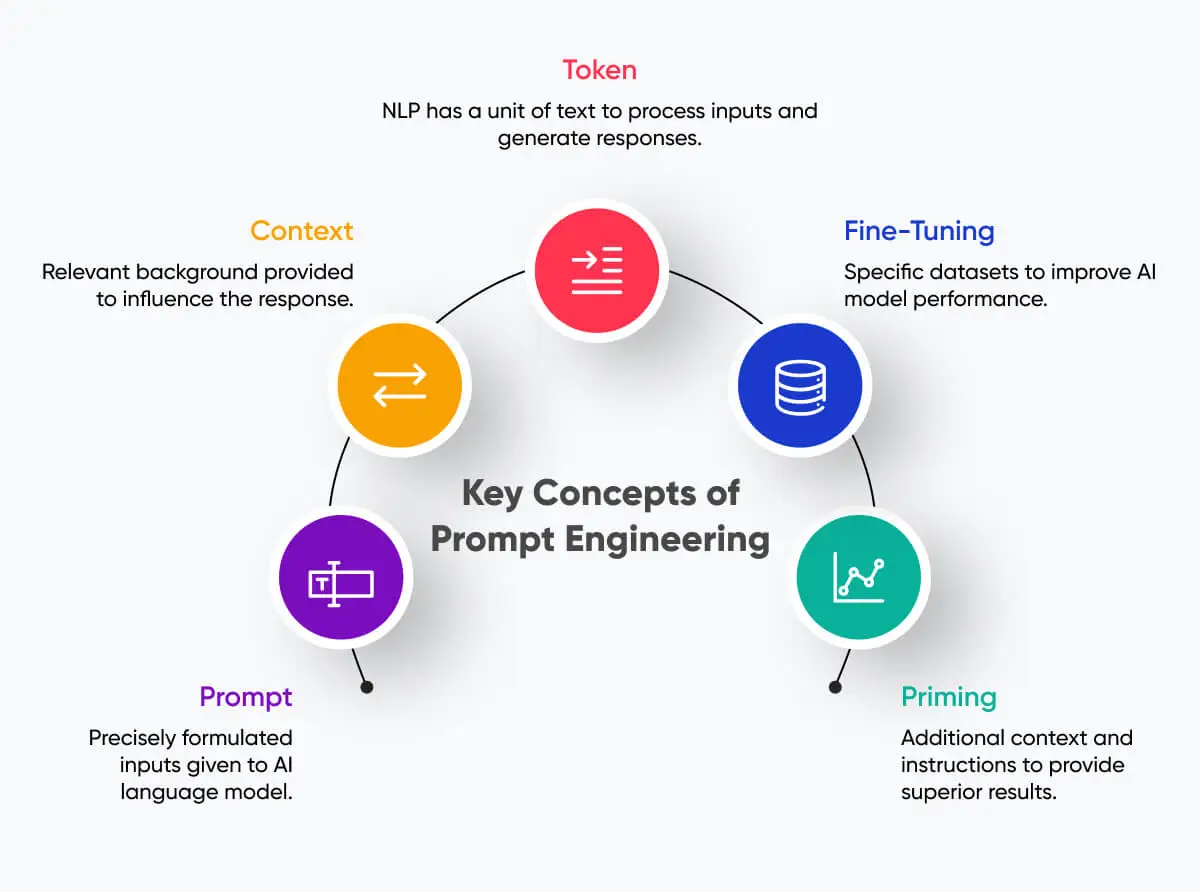In today’s digital age, content generation has become an essential component of communication strategies across multiple industries. With the advent of advanced artificial intelligence, particularly the GPT series, businesses and content creators have found new ways to optimize their workflow. Among these innovations, GPT prompt engineering stands out as a vital resource for producing high-quality content efficiently. This blog post delves deep into the art and science of prompt engineering, exploring its importance in content creation for blogs and beyond.
Table of Contents
The Foundations of GPT Prompt Engineering
To understand the concept of prompt engineering for content generation, it is crucial to begin with the basic principles of how GPT models operate. GPT, or Generative Pre-trained Transformer, relies on a vast array of data to understand human language. It generates text based on the prompts it receives, producing responses that can range from simple answers to complex narratives. Consequently, the success of content generation heavily depends on how effectively users craft their prompts.
Effective prompt engineering involves formulating deliberate and precise instructions that guide the AI. Just like a conversation, the quality of interaction with AI models improves when the prompts are carefully thought out. For example, instead of asking a vague question, providing specific context or detailed requirements can yield significantly better results. Moreover, understanding the structure and nuances of language plays a critical role in crafting prompts that drive desired outcomes.

As the field progresses, various techniques for prompt engineering continue to emerge. Techniques such as using explicit directives, incorporating examples, and providing contextual background enhance the interaction and ensure that the AI-generated content aligns closely with user needs. This understanding forms the cornerstone of effective prompt engineering for blogs and other content generation avenues.
Navigating the Art of Prompt Crafting
The process of prompt engineering for content generation does not merely rest on formulating clear prompts; it also involves continual testing and iteration. Crafting effective prompts resembles a blend of creativity and analytical thinking. Each prompt acts like a seed from which potential content can grow, and the choice of words or structure can drastically influence the results.
One key strategy is the use of step-by-step instructions. For instance, instead of generating a single long-form piece, breaking the task into smaller prompts, such as outlines or bullet points, helps the AI manage the complexity of the topic better. This approach not only assists in organizing thoughts but also ensures that each generated piece adheres to the nuances of style and tone you wish to convey. By experimenting with various prompt phrasing, users can fine-tune their results and uncover unique insights they may have overlooked.
Additionally, incorporating feedback loops into the prompt engineering process can significantly enhance the effectiveness of generated content. Once the AI produces an output, reviewing and critiquing its relevancy will provide valuable data for creating improved prompts in the future. This continuous feedback mechanism is at the heart of GPT prompt engineering, transforming simple interaction into a productive learning experience.
See More: ChatGPT for Job Interview: AI Cheat Sheet for Job Interview
Maximizing Potential: Applications in Blogging and Beyond
Leveraging prompt engineering for blogs can elevate a writer’s efficiency and creativity. By employing well-engineered prompts, bloggers can generate captivating headlines, outline their articles, or even draft entire pieces swiftly. As a result, writers can allocate more time to refining their voice and style, enabling them to connect more deeply with their audience.
Furthermore, innovative prompt strategies are invaluable for businesses aiming to enhance their content marketing efforts. With tailored prompts, companies can produce SEO-optimized articles, engage their audience with compelling narratives, or create insightful reports that reflect their brand’s expertise. This capability can provide a copious advantage in today’s competitive digital landscape.
Moreover, industries beyond blogging can exploit the potential of GPT prompt engineering. From creating chatbot dialogues to generating marketing copy, businesses across sectors can harness prompt strategies to streamline their operations and maintain consistency in their messaging. In this way, prompt engineering becomes a transformative tool in redefining how we perceive and produce content across multiple platforms.
In summary, GPT prompt engineering offers tremendous potential for organizations and individuals alike. By developing skills in crafting effective prompts, users can tap into the full capabilities of AI, enhancing both productivity and creativity. As the landscape of content creation continues to evolve, embracing prompt engineering will become increasingly essential in navigating this dynamic field effectively.
In conclusion, mastering the art of prompt engineering allows for a captivating exploration of AI-generated content, making it a crucial tool for content creators. By honing techniques and leveraging insights from the interplay between human creativity and artificial intelligence, the future of content generation looks exceedingly bright.






[…] See More: The Essential Guide to GPT Prompt Engineering for AI Content Generation in 2025 […]